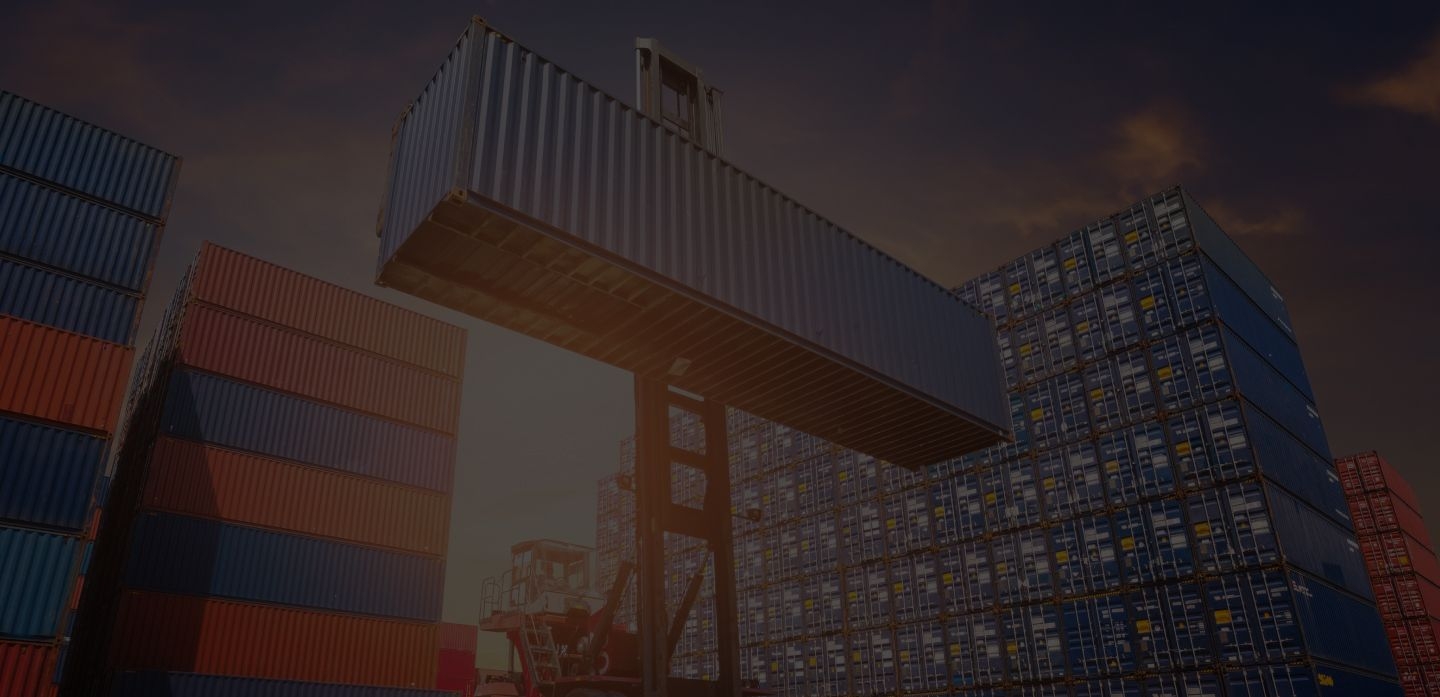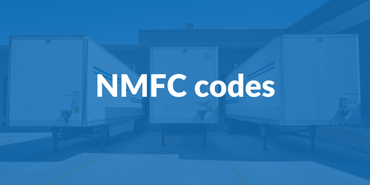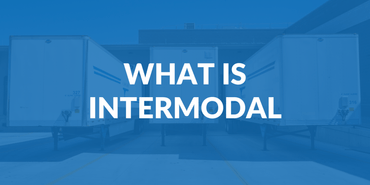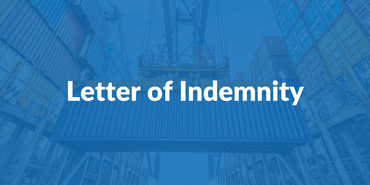
Top 5 Things to Consider When Shipping Break Bulk



![]()
Did you know that the shipping industry deals with 90% of the planet’s trade? In the United States alone, more than 49 million tons of cargo are transported daily. Yet most people don’t know much about the industry.
You may be familiar with basic logistic terms such as consolidated shipments and how to write a bill of lading if you’re a brand or business owner. But do you know much about break bulk shipping? If not, we’re about to tell you all about it, so you’ll be in the best position to see if it’s suitable for your business.
What Is Break Bulk Cargo?
Break bulk cargo is an oversize freight that is transported via shipping and delivered to a final customer. This involves the use of large flatbed trailers.
Unlike your usual cargo, break bulk isn’t transported in a typical shopping container.
Right, now here are five factors to consider when shipping break bulk.
1. The Types of Cargo Included in Break Bulk Shipping
Before you decide whether cargo break shipping works for your business, you should know what types of cargo is included. After all, there’s no point learning about break bulk shipping your goods if the method isn’t suitable.
Break bulk is useful for transporting large volume goods to desired destinations.
Break bulk includes items or goods that are too large to fit inside a container, which is often used for shipping. Examples of break bulk include:
- Wood
- Rolls of steels
- Components of wind turbines
- Other manufacturing materials
- Engines and oversized equipment
- Pipes
- Boxed cargo
- Ship propellers
Such goods must be loaded onto ships by cranes and paced onto racks or pallets.
2. The Benefits of Break Bulking
There are plenty of pros to choosing break bulking. The obvious is the chance to shop oversized goods without breaking them down into smaller, separate shipments.
For example, if a company orders a huge piece of construction equipment from another business overseas, the equipment is transported in one piece, arriving altogether. The alternative is that the machinery is disassembled and transported in a container.
In this case, the company must pay for the equipment to be disassembled, packed, shipped, offloaded, delivered, and finally re-assembled.
If, however, the machinery is shipped break bulk, the process is smoother and more streamlined. It loads, offloads, and is delivered.
Another advantage of break bulking is that **cargo can deliver to most of the ports in the world. **That’s because not all ports are modern enough for shipping and receiving containers. This means even underdeveloped countries can receive products and goods they require.
For turbine and generator companies, the ability to ship their equipment anywhere in the world without disassembling it makes the business a lot more productive. Plus, the paperwork is more streamlined with break bulk cargo.
As shipping containers hold a selection of goods, there’s usually lots of different bills attached to each container. Whereas with break bulking, there’s just one.
If you’re business hoping to deliver a large volume of items over a long distance. Goods are easily shipped straight to the customer, avoiding additional transportation costs and other issues. Breakbulk shipping is one of the most affordable options out there for shipping large cargo.
3. The Cons of Break Bulking
The wider shipping market is varied with plenty of options compared to the break bulk shipping market, so you should also know the cons of break bulking as well as the pros.
Firstly, break bulk shipping is usually more expensive than using containers. Oversized or overweight freight demands more space than goods that are stacked on top of each other.
Plus, break bulking costs more in labor. Usually, moving break bulk cargo requires more staff than a shipping container does.
In certain situations, specialized warehouses are required to store the cargo.
And like warehouses, ships and ports require special machinery to move break bulk cargo.
As well as this, there are security and safety problems that surround break bulk cargo. Break bulk items are often bagged, strapped, or bundled for transportation. This can lead to breakage, allowing the shipment to become damaged or stolen.
Break bulk also isn’t always suitable for food items. Some foods must transport in temperature-controlled areas or refrigerated ships. This works for shipping containers, but not for break bulking.
4. The Break-Of-Bulk Point
Businesses should also be aware of the break-of-bulk point. **This is a spot where the cargo switches from one type of transportation to another. **These locations are usually ports or airports.
At the break-of-bulk point, cargo reaches a port and is transported by another mode to its final destination.
This point is essential for businesses to know so they can be more aware of the journey their goods take.
5. Arranging Break Bulk Shipping
Arranging break bulk shipping can be challenging to arrange, so it’s important to take this into account. Break bulk sipping requires steady coordination and planning for the transportation of bulky and overweight goods.
Consider using a reputable and trusted company to help you handle the job if you decide to opt for bulk shipping.
Here at iContainers, we can help. Learn more about our ocean freight services here.
Related Articles


